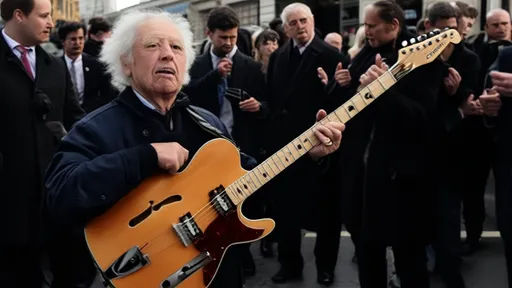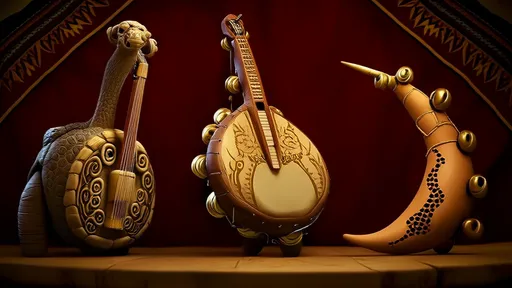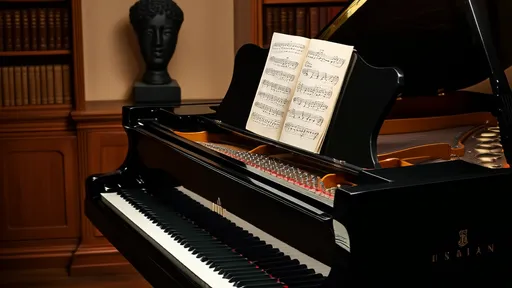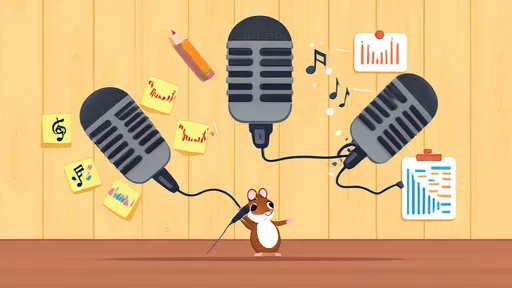Memorizing piano music is a skill that separates the proficient from the truly accomplished. While many pianists rely on muscle memory, a more structured approach to memorization—particularly through segmentation—can lead to deeper understanding and more reliable recall during performance. The process of breaking down a piece into manageable sections not only aids memory but also enhances interpretation and technical execution.
The foundation of effective memorization lies in understanding the structure of the music. Before diving into note-by-note memorization, pianists should analyze the composition’s form—whether it follows a sonata, rondo, or theme-and-variation structure. Recognizing recurring motifs, harmonic progressions, and key changes allows the performer to internalize the piece as a coherent narrative rather than a series of isolated passages. This analytical approach provides mental anchors, making it easier to recover from slips during performance.
One powerful strategy involves dividing the piece into logical segments based on musical phrases or sections. A sonata movement, for instance, might be split into exposition, development, and recapitulation. Within these larger sections, smaller units—such as individual themes or even single phrases—can be isolated for focused practice. By mastering these segments individually, the pianist builds a robust mental map of the entire work.
Visual memory plays a crucial role in this process. Many pianists find it helpful to visualize the sheet music or their hand movements on the keyboard without actually playing. This mental rehearsal reinforces memory and can be particularly useful when away from the instrument. Some performers even go so far as to write out passages from memory, engaging kinesthetic and visual recall simultaneously.
Another layer of memorization comes from harmonic awareness. Understanding the underlying chord progressions and voice leading provides a safety net—if finger memory fails, theoretical knowledge can guide the hands back to the correct notes. This is especially valuable in complex works where similar passages might appear in different keys or with slight variations.
The physical aspect of memorization should not be neglected. Practicing hands separately allows for deeper focus on each part’s technical demands and melodic contours. Once secure, combining the hands while maintaining awareness of each voice’s independence creates a multidimensional memory of the piece. Slow practice with deliberate attention to fingerings and movements helps embed these physical patterns.
Auditory memory completes the memorization triangle. Developing the ability to hear the piece internally—melodies, harmonies, and even timbres—strengthens recall and musicality. Singing individual voices or playing sections at half-speed while listening intently can sharpen this skill. Many pianists report that their strongest memorized pieces are those they can hear clearly in their mind’s ear.
Performance psychology research suggests that varied practice enhances memory retention. Instead of always playing straight through, alternating between segmented practice, backward chaining (starting from the end of the piece), and random access of sections creates more resilient memory pathways. This approach prevents over-reliance on sequential playing and prepares the performer for unexpected recovery situations.
Contextual memory—associating passages with emotional or narrative ideas—can provide additional reinforcement. Some pianists create stories or images that correspond to musical developments, while others connect sections to physical sensations or breathing patterns. These personal associations make abstract notes more concrete and memorable.
The final stage of memorization involves stress-testing the memory through simulated performances. Playing for friends, recording oneself, or practicing under mildly distracting conditions exposes weak spots in the memory. Addressing these vulnerabilities through targeted segment practice leads to greater confidence and reliability in actual performance situations.
While the process may seem methodical, the ultimate goal is freedom—the ability to transcend the notes and communicate the music’s essence. By approaching memorization through thoughtful segmentation and multi-layered reinforcement, pianists gain not just security in performance, but deeper artistic insight into the works they study. The most memorable performances often come from those who have internalized the music so thoroughly that it becomes second nature.

By /Aug 5, 2025

By /Aug 5, 2025

By /Aug 5, 2025

By /Aug 5, 2025

By /Aug 5, 2025

By /Aug 5, 2025

By /Aug 5, 2025

By /Aug 5, 2025

By /Aug 5, 2025

By /Aug 5, 2025

By /Aug 5, 2025

By /Aug 5, 2025

By /Aug 5, 2025

By /Aug 5, 2025

By /Aug 5, 2025

By /Aug 5, 2025

By /Aug 5, 2025

By /Aug 5, 2025

By /Aug 5, 2025

By /Aug 5, 2025